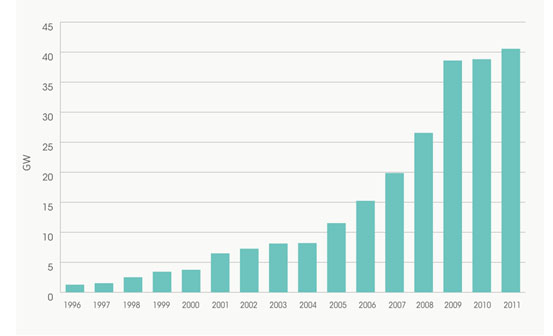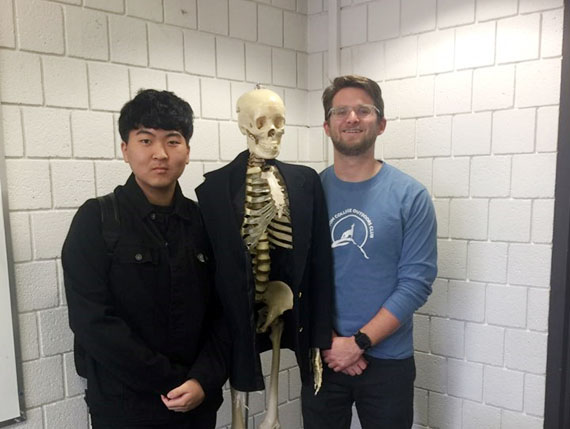Many sources claim that wind power energy is perhaps one of the most popular sustainable energy resources. While on one hand that may be the case, we must also consider its disadvantages. Some experts mention that it can run into problems in terms of efficiency when compared to other sustainable energy resources. With these drawbacks in mind, I would like to discuss in further depth the primary factors that prevent the deployment of wind energy across the world.
Many have raised environmental concerns for wind farming, pointing out its potential problems such as noise pollution or the sheer remoteness of its location from an area of energy demand. One of the questions we must consider is “Where do we have to install our wind power plant?” There are many factors in choosing a suitable environment such as finding a source of consistent and strong wind energy throughout the whole year. If wind turbines are placed in areas with weak or irregular wind, they will not gather enough energy to produce any economical profit. Another factor is a safety issue. There are many accidents where birds fly through a windmill and subsequently collide with the turbine. This will not only jeopardize natural life, but also destroy the turbines that were in place. Thus, location is key in raising efficiency in power generation.
While there still exists a great number of factors preventing the deployment of wind turbines, this does not mean that we should not install them at all. The biggest benefit of wind power generation is the fact that there will always be an unlimited source of energy as long as the wind blows. Despite the drawbacks of wind power installation mentioned previously, many economically viable locations can be taken into the consideration for the on and off shore wind farm. According to the IREAN (International Renewable Energy Agency) statistics, the global wind power capacity has been increased for 27% per year between 2000 and 2011. (IRENA, 2012) Figure 1 shows the growth of wind power energy for the last decades.

I have interviewed with the head of Environmental Science Department, David Belsky, to bring an expert’s insight on recent wind power technology.

Below are some of the questions we have discussed.
1. In general, is wind power energy efficient and helpful?
"Absolutely. I think it saves a lot of energy and can help us both economically and environmentally in the long run. It can create jobs and decrease our dependence on fossil fuels."
2. What are the instances where wind power energy can be safe or dangerous?
"I think that wind energy is most often very safe, especially when compared to fossil fuel extraction and burning. There are some areas of concern such as birds getting killed by wind turbines, but I think the benefits FAR outweigh the costs."
3. Economically, how can we make wind power energy more developed if there are any drawbacks?
"I think the advent of wind technology will bring many job opportunities for nations that have a consistent source of wind energy, especially the ones inAppalachia. While such technology may be too advanced or costly, the potential saving of energy can make these costs meaningless."
4. Is the future of wind energy bright? Why or why not?
"I think the future of wind energy is very bright, especially offshore. People have legitimate complaints and concerns, but in my opinion there is far more that is good than is bad."

Moonseong Kang
Grade 11
Wilbraham & Monson Academy

